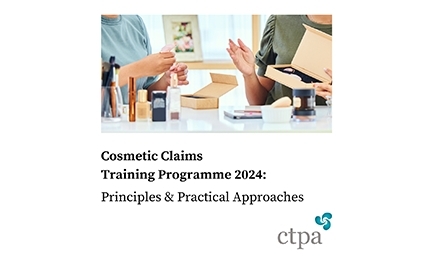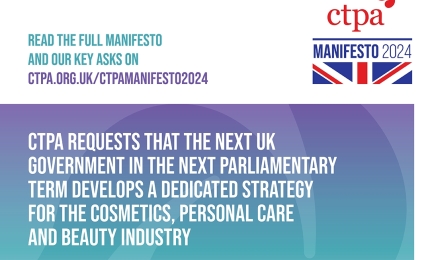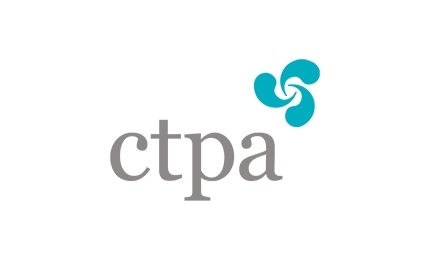Find us on...
On 17 March 2022, CTPA convened its first expert workshop dedicated to proving the safety of chemicals without reliance on animal tests.
Animal testing of cosmetic products and ingredients has been banned in the UK and EU since 2004 and 2009, respectively. In the UK, the cosmetics industry was already seeking alternatives to animal testing in the 1980s, and in 1997 was able to completely move away from all testing through a voluntary industry initiative. The UK and EU cosmetics industry wholeheartedly supports these bans and has invested over €70 million over the past 25 years in developing alternative methods, referred to as New Approach Methodologies (NAMs), making the cosmetics industry a global leader in NAMs. The cosmetics industry takes great pride in its commitment to replacing animal testing and to sharing its knowledge and expertise on NAMs to continue to prove the safety of its ingredients and products.
The animal testing bans in the UK and EU Cosmetics Regulations relate to areas of safety covered by the cosmetics law, which ensures safety for consumers and professional users of cosmetics and personal care products. However, it is the case that other pieces of chemical legislation may require chemicals used in cosmetics to undergo animal testing for other areas of safety, such as for the environment and to protect people manufacturing cosmetic products. While this testing does not contravene the strict cosmetics animal testing bans, CTPA and the UK cosmetics industry want to do everything possible to promote the use of NAMs as scientifically robust alternatives to animal testing for these vital safety requirements under other chemicals legislation, especially UK REACH.
This pioneering CTPA workshop brought together expert scientists from cosmetics companies, animal-free testing providers, NGOs, academia and UK Government regulators. Real-world case studies showing how NAMs can prove chemical safety, and solutions for overcoming challenges, enabled participants to discuss how to work together to progress the use and acceptance of NAMs more widely in complying with requirements under UK chemicals legislation.
As the UK establishes its independent chemicals regulatory system, the UK cosmetics industry is seizing this opportunity; showcasing how NAMs can be at the heart of innovative chemicals law using state-of-the-science techniques to protect health and the environment.
This crucial workshop will build a foundation for future work and CTPA is looking forward to continuing the momentum on wider use of NAMs in the UK, and over time in the EU and globally.
For further information about the cosmetics animal testing bans, see CTPA’s website www.thefactsabout.co.uk. For press enquiries, please contact Eleanor O’Connor, CTPA Communications Co-ordinator, at [email protected].












